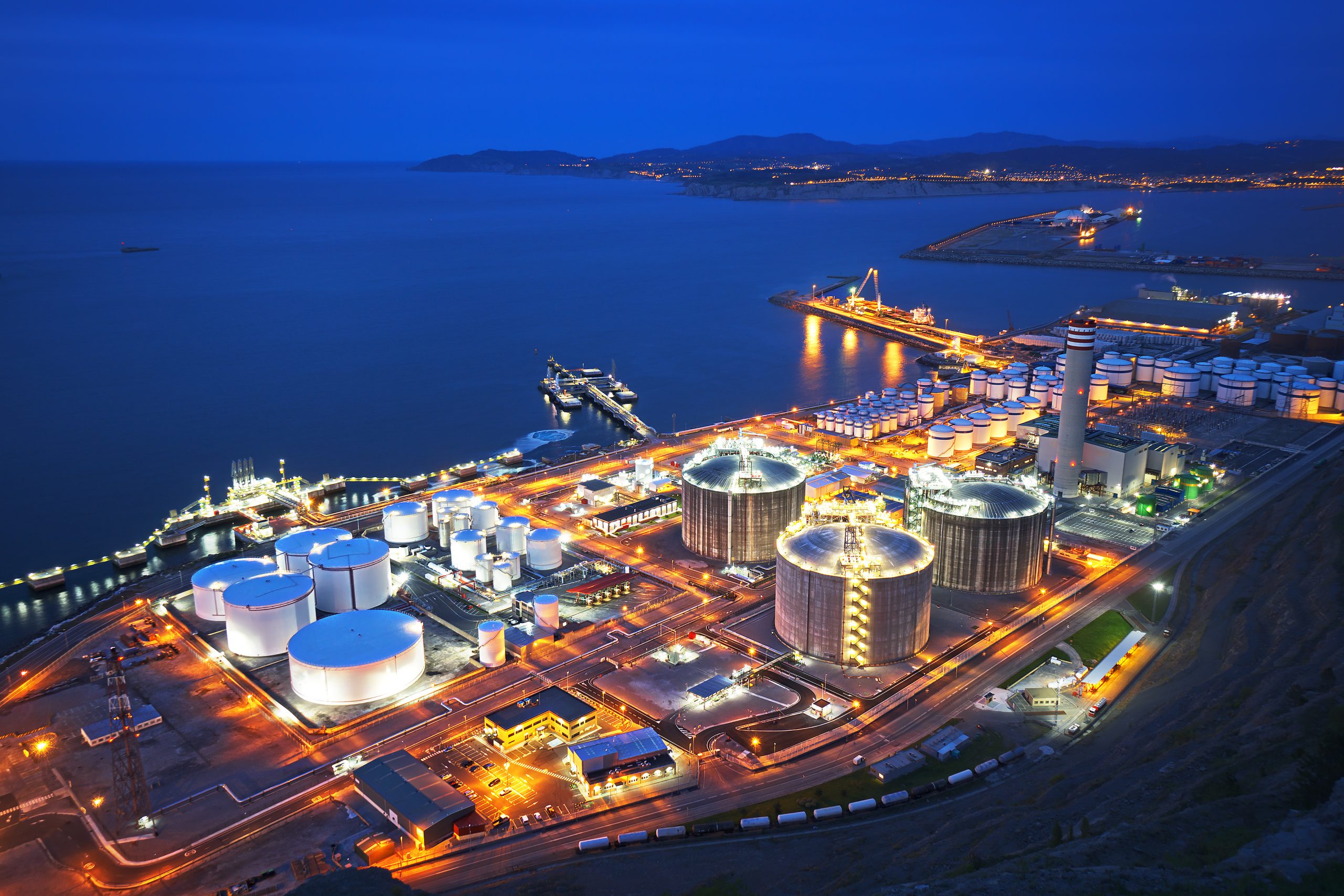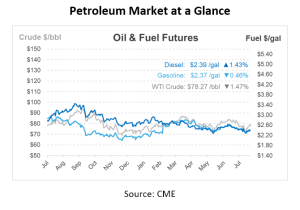
What’s That: Louisiana Offshore Oil Port – LOOP
The import and export of crude oil are key aspects of the energy economy. An outstanding goal currently underway involves equipping four terminals on the coast of Texas to fully load Very Large Crude Carriers (VLCCs). What does this mean in the meantime, before these terminals are fully constructed? There is a singular Gulf Coast terminal located in Louisiana called the Louisiana Offshore Oil Port (LOOP). LOOP stands out due to its unique functions and impact on the energy sector. Let’s dive into the operations of LOOP and how it has become the leading terminal facilitating the transport of crude oil in the global market!
History
The Louisiana Offshore Oil Port (LOOP) began its operations in 1981, located 18 miles off Port Fourchon, Louisiana. LOOP is situated in waters 115 feet deep. Its operations initially served as a crude oil import facility. Over time, in response to changes in the energy landscape, LOOP began importing oil and subsequently exporting it. Since its inception, LOOP has received over 12 billion barrels of foreign and domestically produced crude oil. LOOP stands as the largest point of entry for deep-water crude oil imported into the US today. It remains the primary recipient of both imported and domestic crude oil. LOOP is a joint venture between Marathon Pipeline LLC, Shell Oil Company, and Valero Terminaling and Distribution Company. Additionally, LOOP is the first and only deep-water crude oil port in the U.S.
How Does LOOP Function?
LOOP provides temporary storage services and tanker offloading for crude oil. This means that LOOP functions as both an importing and exporting terminal. The services that LOOP provides involve some of the largest tankers in the world. LOOP facilitates three sources to receive and temporarily store crude oil: tankers carrying domestic and foreign crude oil, domestic crude oil produced in the Gulf of Mexico, and the Zydeco Pipeline that transports domestic crude oil. As the only deep-water crude oil port in the U.S., LOOP accommodates some of the largest and heaviest vessels. LOOP supplies a long list of refineries in Louisiana through its deep-water pipeline. The onshore hub in Clovelly, Louisiana, also receives crude oil from offshore production in the Gulf of Mexico. The Gulf of Mexico is one of the largest domestic crude oil-producing regions in the United States crude oil reserves.
Operations Statistics
Louisiana is one of the top 10 states in the U.S. for receiving the most foreign crude oil imports. Alongside the Louisiana Offshore Oil Port (LOOP), foreign crude oil arrives at multiple state ports. LOOP began receiving these foreign crude oil imports from its inception in 1981. From a percentage perspective, LOOP handles 10-15% of our nation’s domestic crude oil and 10-15% of our nation’s foreign crude oil. LOOP is also connected to 50% of the United States’ refining capacity, making it a crucial component in oil importing and exporting. Port Fourchon is the land base for LOOP and supports over 95% of the Gulf’s deep-water crude oil production. With four 6,000-hp pumps that increase pressure and crude oil flow, Port Fourchon facilitates the crude oil that makes its way to the terminal in Clovelly. Overall, Port Fourchon plays a key role in supplying the U.S. with 16% of its crude oil needs.
How it impacts crude oil
As LOOP serves as the sole Gulf Coast deep water terminal, the U.S. heavily relies on its importing and exporting capabilities. If LOOP did not exist, the U.S. would lack the capacity to handle the foreign and domestic crude oil that flows through it. Oil is the world’s most valuable and important energy source today, making it an essential element for our nation’s economic prosperity. The United States is the world’s largest consumer of petroleum products, requiring a consistent supply of crude oil. LOOP is the primary terminal that provides the U.S. with our daily energy needs, facilitating economic advancement and ensuring the necessary energy supply.

This article is part of Daily Market News & Insights
Tagged: LOOP, Louisiana Offshore Oil Port
MARKET CONDITION REPORT - DISCLAIMER
The information contained herein is derived from sources believed to be reliable; however, this information is not guaranteed as to its accuracy or completeness. Furthermore, no responsibility is assumed for use of this material and no express or implied warranties or guarantees are made. This material and any view or comment expressed herein are provided for informational purposes only and should not be construed in any way as an inducement or recommendation to buy or sell products, commodity futures or options contracts.





